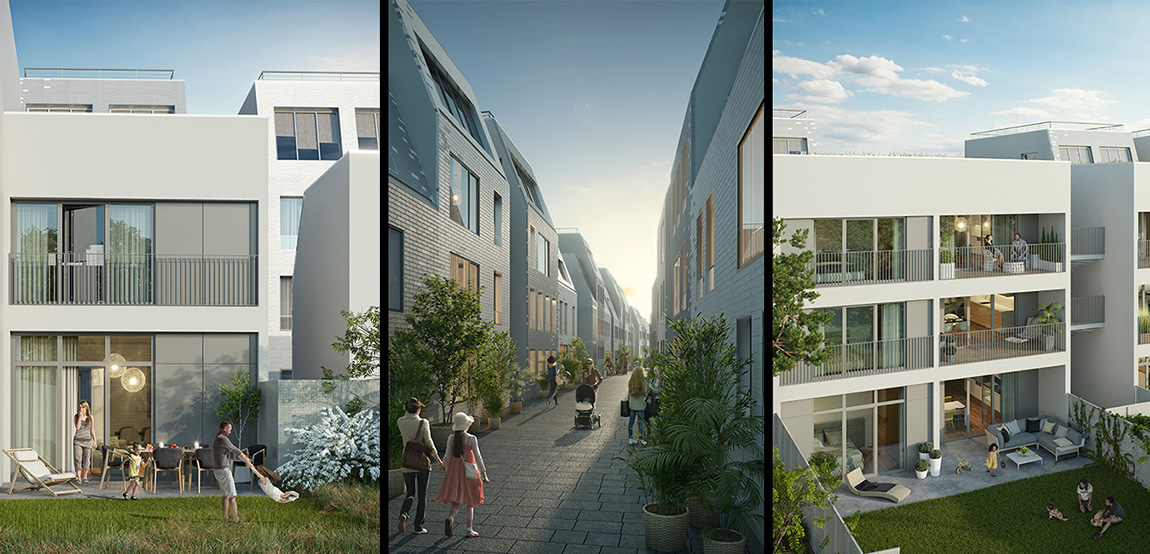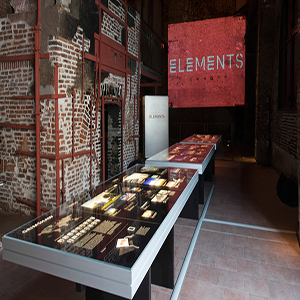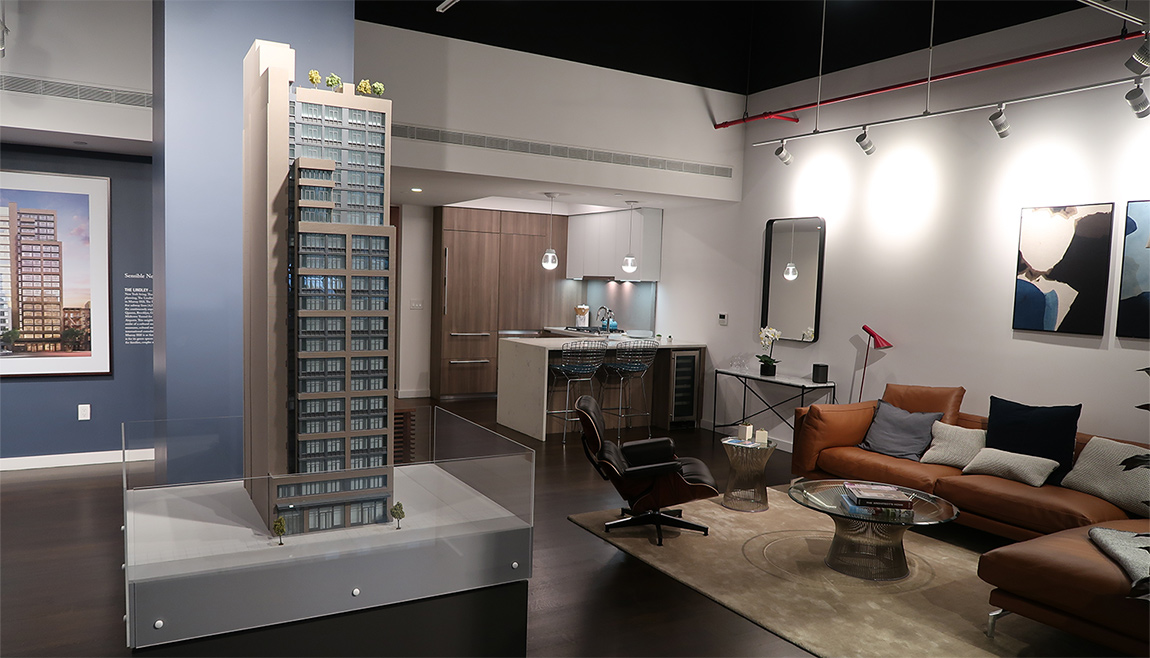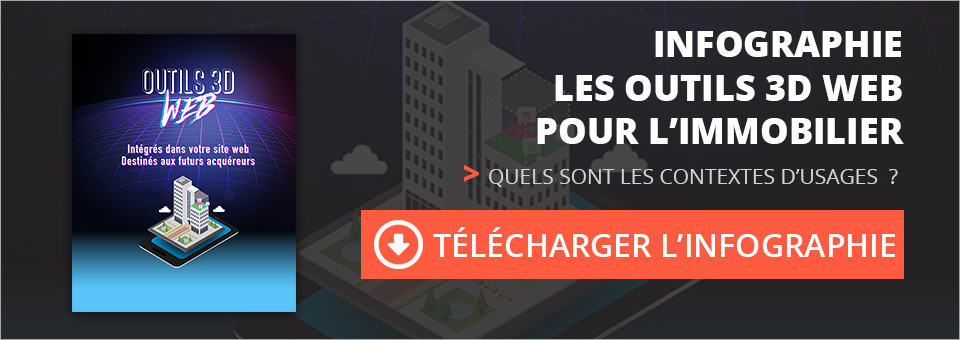En tant que professionnel de l’immobilier, vous avez sûrement remarqué que la bulle de vente traditionnelle telle qu’on l’a connue est en train de littéralement se transformer. Peu chaleureuses, géographiquement éloignées les unes des autres, on les remplace aujourd’hui par un nouveau type de structure : les concept-stores.
Mais derrière cette notion floue, de quoi s’agit-il exactement ?
Il s’agit d’espaces regroupant avec plusieurs programmes neufs régionaux, plus grands et entièrement repensés pour enrichir l’expérience client avec de nouveaux médias afin de répondre à des problématiques bien connues : comment aider son client à se projeter dans un programme immobilier non encore construit ?

La projection client : un problème répandu dans l’achat immobilier neuf
Et oui ! Cette question est fondamentale pour un acquéreur lors d’un investissement immobilier. Il est difficile, voire impossible pour eux de s’imaginer l’aspect d’un bien non encore construit, appréhender le volume des pièces, l’ensoleillement ou le vis-à-vis… Il y a certes, les plans de vente 2D, ou encore quelques visuels photo-réalistes mais cela ne suffit pas toujours pour les convaincre et appuyer l’argumentaire de l’agent immobilier.
De nouveaux espaces de vente pour de nouvelles expériences utilisateur
Pour pallier ce problème, une multitude d’outils se sont développés, permettant de plonger les futurs acquéreurs au cœur du programme et de faire la promotion de ses avantages : services, situation géographique ou encore personnalisation des finitions.
Les concept-stores ont donc pour objectif principal de complètement réinventer l’espace de vente traditionnel pour en faire un lieu où l’ensemble des programmes neufs de la région sont rassemblés et présentés.
Les mastodontes du secteur immobilier neuf réinventent l’espace de commercialisation

Bouygues, par exemple, a entièrement repensé ses espaces dès 2016. Exit la classique bulle de vente en préfabriqué, sur un terrain en friche, dédié à un seul programme immobilier. Désigné en collaboration avec un cabinet d’architecture, le géant de la promotion a lancé le concept BI Stores. Il s’agit de 3 types d’espaces créés dans les grandes métropoles et regroupant plusieurs bureaux dédiés à chaque projet. Avec une surface de plus de 200 m², ces lieux dédiés à la commercialisation de programmes immobiliers misent sur l’expérience utilisateur et la digitalisation. Pour cela, des outils numériques comme les maquettes 3D ou encore les visites virtuelles immersives ont été intégrées au parcours de vente. Ces lieux proposent donc plusieurs expériences immersives permettant aux clients de se familiariser très rapidement avec le projet immobilier
Depuis la moitié des années 2010, on retrouve cette transformation chez des promoteurs tels que Cogedim et ses « Store Cogedim stores », ou encore Kaufman&Broad et son concept « La Boutik ». La commercialisation immobilière entame sa grande transformation ! On observe d’ailleurs certaines similitudes avec les espaces de vente que l’on retrouve aux États-Unis.
Le saviez-vous ? Les bulles de ventes aux USA sont de véritables expériences grandeur nature ! Il s’agit souvent d’un espace aménagé comme un véritable appartement témoin vivant ! Les meubles et la décoration permettent aux clients de ressentir le futur bien. Autre fait étonnant, les promoteurs immobiliers américains sont restés fidèles à la maquette physique et l’ont digitalisée. Artefacto réalise d’ailleurs des applications de pilotage de maquette. L’agent immobilier illumine alors les différents appartements sur la maquette grâce à des LED. L’objectif est ainsi de piloter entièrement le parcours client au sein de l’espace de vente. Le client se laisse alors guider à travers différents ateliers numériques. Ce type d’espace aménagé est d’ailleurs très proche de ce que propose Cogedim et ses nouveaux concepts « Le Store Cogedim ».

L’immersion au coeur des espaces de vente
Les bulles de vente connaissent leur grande révolution et suivent donc la tendance de la digitalisation. Les promoteurs, en partenariat avec des cabinets d’aménagement spécialisés, cherchent à favoriser l’expérience de l’utilisateur grâce à l’ajout de nombreux outils numériques tout en répondant aux besoins d’aide à la projection des clients. C’est le cas par exemple, de la société Excense et de son compositeur digital permettant une interaction accrue avec le contenu numérique.
Maquette 3D interactive, films 3D ou encore visites immersives à 360° deviennent des outils indispensables qui visent non seulement à faire une vivre une expérience hors du commun aux acquéreurs, mais également à les rassurer pour un achat engageant/conséquent dans leur vie.
Vous souhaitez en savoir plus sur les outils 3D pour le web ? téléchargez gratuitement notre infographie !


